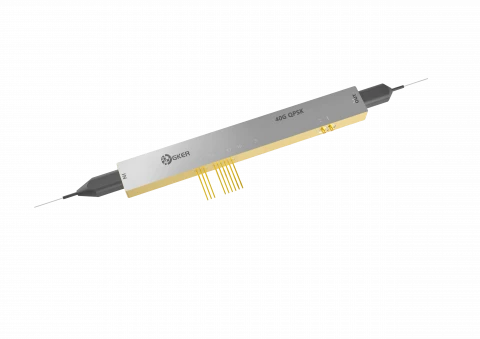Description
The GKER Photonics C-Band 40 GHz QPSK (IQ) LiNbO³ Modulator is engineered to deliver superior performance in high-speed optical communication applications. Utilizing a dual parallel structure of Mach-Zehnder modulators (DP-MZM) embedded in a Mach-Zehnder Super-Structure, this modulator offers outstanding modulation capabilities. Each internal modulator features an electro-optic (EO) bandwidth exceeding 20 GHz, ensuring high-speed and reliable operation.
The modulator operates within the C-Band wavelength range of 1525 to 1570 nm, making it suitable for a wide array of optical communication systems. It is designed with X-Cut Lithium Niobate to achieve high bandwidth operation, exceeding 30 GHz, coupled with high extinction ratios and low optical insertion losses. Automatic Bias Control (ABC) is provided via a monitor photodiode, enhancing precision and performance stability.
Applications include advanced coding schemes such as OFDM, QPSK, and QAM, as well as carrier-suppressed single sideband (CS-SSB) modulation and FMCW LiDAR. This modulator’s robust design is complemented by its compliance with Telcordia GR-468-Core reliability standards, ensuring durability and reliability in demanding environments.
C-Band 40 GHz QPSK (IQ) LiNbO3 Modulator
Specifications
| Operating Wavelength Range: | 1525-1570 nm |
|---|---|
| Insertion Loss, IL (2): | - dB |
| Phase-MZI Optical Extinction Ratio: | 24 dB |
| RF-MZI Optical Extinction Ratio: | 24 dB |
| PER: | 20 dB |
| Optical Return Loss, RL: | 40 dB |
| RF-MZI Vπ: | - V |
| RF-MZO - 3 DB E/O Bandwidth: | 20 GHz |
| RF-MZI S21 Flatness: | -1 dB |
| Amplitude Difference Between RF-MZIs (Difference Between S21s): | -1 dB |
| RF Delay Between RF-MZIs: | -5 ps |
| RF-MZI Electrical Return Loss S11: | 10 8 dB |
Features
- Nested Mach-Zehnder Modulators: Dual parallel structure for high-performance modulation
- X-Cut Lithium Niobate: Ensures excellent electro-optic properties and stability
- High Bandwidth Operation: Greater than 30 GHz for rapid data transmission
- High Extinction Ratio: Minimizes signal degradation with superior optical performance
- Low Optical Insertion Loss: Reduces signal loss for improved efficiency
- Automatic Bias Control (ABC): Includes a monitor photodiode for precise biasing
Applications
- OFDM Coding: Suitable for Orthogonal Frequency-Division Multiplexing modulation schemes
- QPSK Coding: Ideal for Quadrature Phase Shift Keying modulation
- QAM Coding: Supports Quadrature Amplitude Modulation for high data rates
- CS-SSB (Carrier Suppressed Single Side Band): Effective for minimizing sideband noise in communication systems
- FMCW LiDAR: Utilized in Frequency Modulated Continuous Wave Light Detection and Ranging for precise distance measurements
Frequently Asked Questions
What is the wavelength range for this modulator?
What is the maximum optical insertion loss?
How does the modulator achieve high bandwidth?
What is the modulation scheme used in this device?
What is the maximum operating temperature of the modulator?
What type of photodiode is used for automatic bias control?
What is the RF-MZI Vπ voltage range?
What are the dimensions of the fiber used?
What is the maximum RF delay between RF-MZIs?
Is this modulator RoHS compliant?
Similar Products
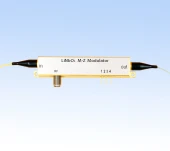
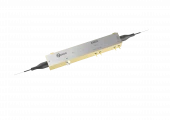
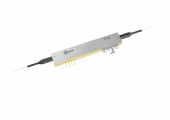
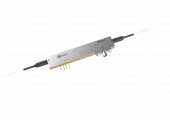
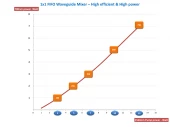
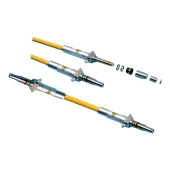






Your inquiry has been received.
Create an account by adding a password
Why create an account?
- Auto-complete inquiry forms
- View and manage all your past messages
- Save products to your favorites
- Close your account anytime — no hassle
